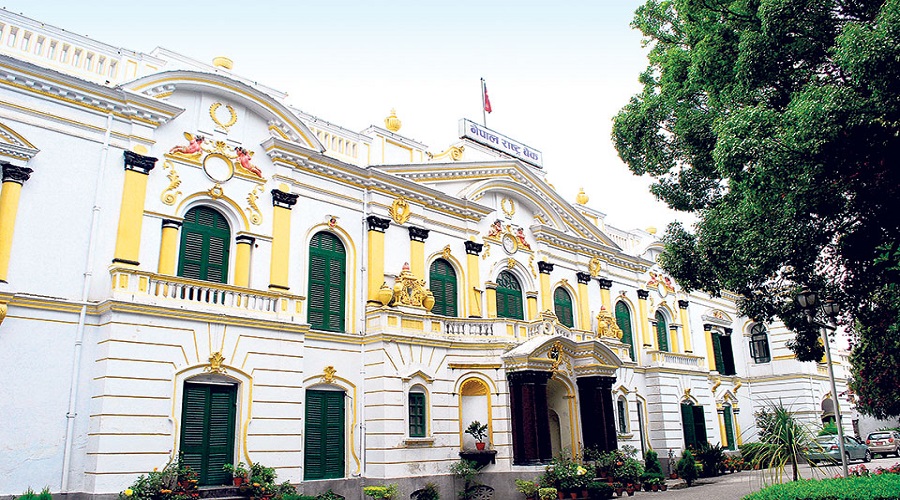KATHMANDU: Nepal Rastra Bank (NRB) has started buying most of the treasury bills itself. All the treasury bills that came up for renewal last time were bought by the central bank itself.
Since last July 10, NRB has called for the renewal of three treasury bills. in which 91 days, 182-day and again 91-day treasury bills were called for. The 91-day treasury bills that arrived on July 17 were worth Rs 510 crore. In which bills worth Rs 498 crore were bought by the central bank itself.
Only outstanding bills are renewed for bank financial institutions. The next treasury bills that arrived on July 17 were 182 days old. Which was worth five hundred crore rupees. Almost all those bills were bought by the National Bank itself.
NRB sold such bills worth Rs 490 crores and the remaining bills worth Rs 10 crores were renewed to bank financial institutions. Most of the bills that came last on July 24 have been bought by the central bank NRB itself bought Rs 651 crore worth of bills worth Rs 710 crore that arrived on 24. He renewed only the remaining bills worth Rs 59 crore.
Recently, the discount rate of the bills that have come to auction has been maintained at a maximum of 10.50 percent. Which rate is continuously decreasing. On July 17, the minimum 11.41 to maximum 11.80 discount rate for 91-day treasury bills was offered by bank financial institutions while the 182-day minimum discount rate issued on the same day was 10.99 percent. No one offered a lower and base rate than that. The maximum discount rate offer for bills on July 24 was 10.50% while the minimum rate was 10.47%. Which is lower than the discount rate fixed on July 10.
The maximum discount rate of treasury bills renewed on July 10 was 13.99 percent while the minimum discount rate was 9.90 percent. Which was the highest discount given in the history of Treasury Bills in 20 years.
The central bank, which has introduced a strategy to tighten the money supply through monetary policy, gave a discount on the bills that were in vogue. Which was a strategy to raise interest rates further by increasing his discount rate. The market did not accept the move of the Central Bank, which was in a hurry to reduce inflation by raising interest rates.
NRB has been forced to back down a little after it has been accused of increasing the financial burden on the government from all sides for giving a discount.
There will be profit in the treasury bills taken by the National Bank by reducing the discount rate. He will get the discount amount given by the government. The government will still incur losses on treasury bills taken at the current rate.
Because he still has to give a discount of around 10 percent. While the government has projected the cost of interest rate to be up to five percent in its fiscal policy. Based on the projection of the same percentage, he has advanced the financial policy. The projection made by the government has not worked. As a result, the cost of the government is sure to increase.

